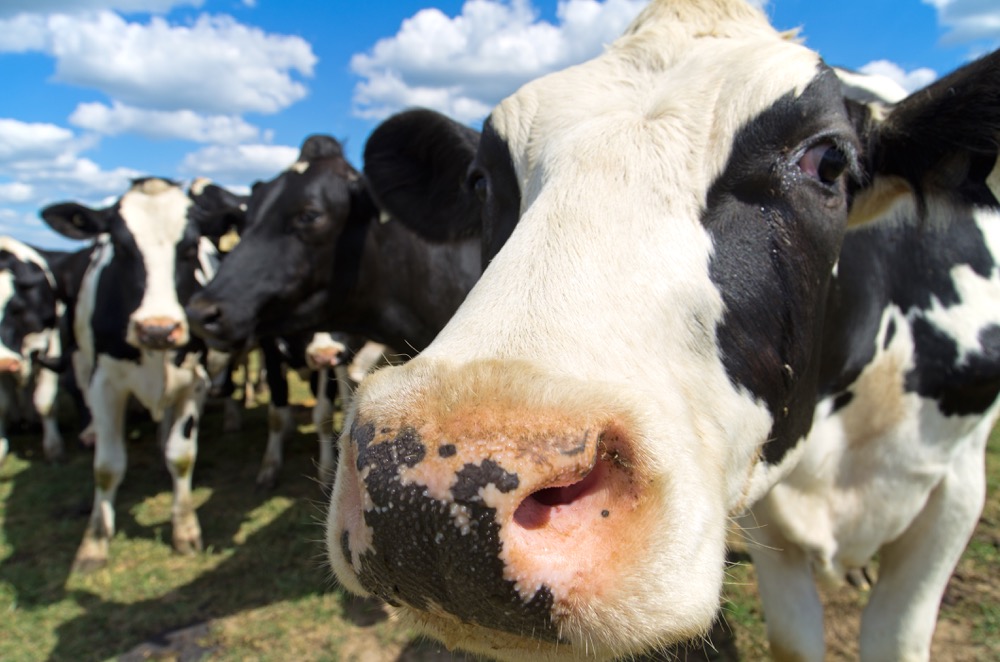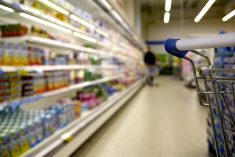Gas and diesel prices are heading into record territory, while producers are facing shortages of basics such as seed, herbicide and fertilizer.
With costs increasing, the question becomes one of field performance. Are there ways to hold the yields without compromising the environment while on the journey to better climate behaviour?
One could argue that it is enough that the average farmer in 1960 could feed 25 persons and now the same farmer, with improved technology and agronomy, can feed 100 persons. But the industrialization and globalization of the world, urban development and sprawl, waste and increased monoculture cropping has had a climatic effect. Add to this the increase of inputs and the situation becomes concerning.
Read Also

Guarding against misinformation: Do you believe in house hippos?
Misinformation and disinformation run rampant in today’s digital age. Farmers must be wary of the digital dangers and know how to keep themselves safe.
The Prairies have 520,000 square kilometres of farmland, which represents 82 per cent of Canada’s arable acres and accounts for 80 per cent of all pesticide use. Much of this area has gone from small diverse landholdings to larger tracts of land that house a very simple and singular monocultural system. Not only is the surface area large, so too is the equipment and there has been an increased usage of herbicides, insecticides and fungicide. University of Saskatchewan ecotoxicologist Christy Morrissey recently said that since 1980 the use of fungicide on the Prairies has increased by 412 per cent, herbicides by 58 per cent and insecticides by 50 per cent.
- More with Brenda Schoepp: The cost of climate change actions shouldn’t fall o the few
Much of the wetlands have been cultivated leaving very few pockets of biodiversity on Prairie fields. These areas are valuable and research has proven that they increase crop production when left in their natural state. Unfortunately, those systems that remain intact also currently reveal insecticide, herbicide and fungicide residue. This affects all living things within them, including birds.
When I was young, we were continually turning around sloughs as we cropped. It took longer to put a crop in because of the smaller equipment but the weather was more predictable and the window to plant was longer. As time went on, the sloughs dried up and were cultivated. Why they dried up so quickly is not known, but the seasons changed and moisture became more of a prayer than a certain event.
The retention of moisture is critical to biodiversity. That seems to be simple logic but cropping practices have forgotten the impact of good bugs on crops. I often had my daughter sweep our pastures and do a bug count which was fascinating as those players were critical to the survival of the stand. A sweep in the same area, on the same day in the monoculture next door revealed an empty net. With the insects gone so were natural predation and the birds.
Why is this important and how does a diverse natural stand impact crops?
Today we measure the success in cropping as yield although this does not take into account the future resiliency of the field. But yield is what we are left with so let’s look at it in the zones around biodiverse areas such as active sloughs. Research in Saskatchewan has found that by returning or leaving just eight per cent of land to a natural and biodiverse state, crop yields increased by 35 per cent around those areas. The increase in yield on 750 sites in Alberta, Saskatchewan and Manitoba more than offset the land that was set aside and profit was not affected.
To put it simply, the interplay in the area around a natural set-aside, often referred to as a halo, increases yield without increasing input costs and in many cases does so with a reduction in chemical applications. Why? Biozones have a spillover effect of sequestered carbon, pollination, beneficial insects, moisture and habitat, all of which provide a natural environmental service.
Strip farming, larger woodland buffer zones and smaller fields with different crops also produce the same results of more harvestable product with less input costs. The beauty of these applications is that they can be complemented with the newest technology in terms of determining the benefits before the seeder or combine hits the field.
The research is solid. The technology exists. There are options. The choice is between paying for inputs or building an environmentally resilient business.
Despite the ease of working large monocultures, farming in the future may not be a one-system approach, for that has proven to be environmentally damaging. There is opportunity for a collaboration between the natural world and the production world that sees a much-needed reduction in inputs and a more balanced climate. That is what an ecosystem does — it houses an interconnection.
The solution belongs to those with the problem. Most important is to keep track of your action, measure it and share your story. Not only will this keep the farm on the path to reach the tight timelines of climate goals but your action will be inspiration to others. Becoming part of the solution takes change but then again, no one in agriculture has ever been averse to a wee bit of a dare or put a price tag on curiosity.
Increase yield and biodiversity? This we can do.
















